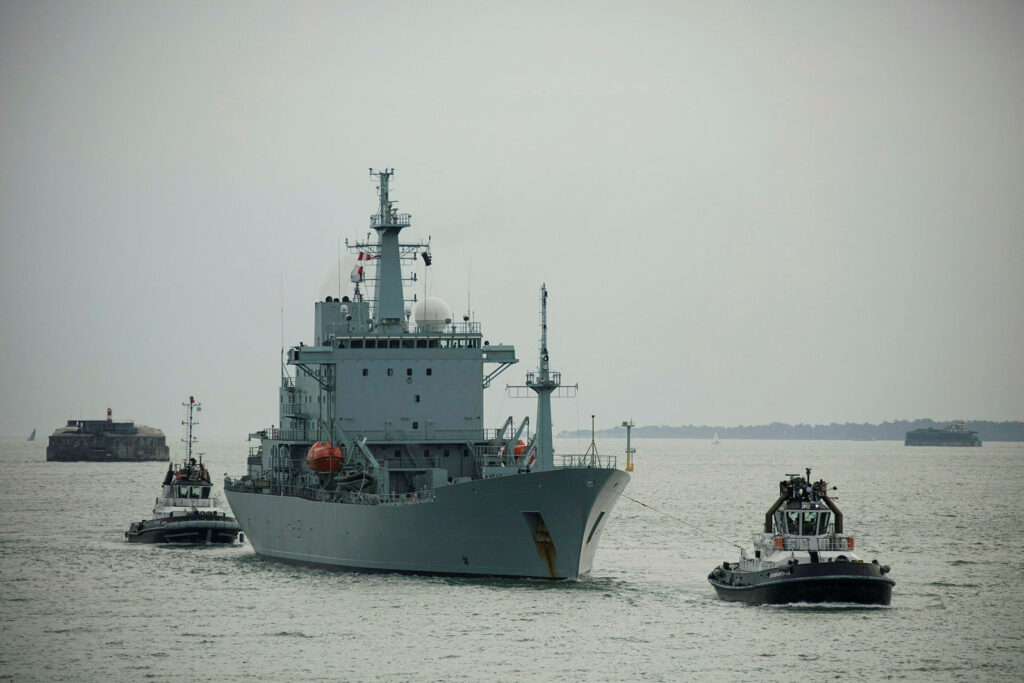
Survey ships play a vital role in the Royal Navy’s operations, ensuring safe navigation, supporting scientific research, and contributing to defense capabilities. These specialized vessels are equipped with advanced hydrographic, oceanographic, and geospatial systems to survey and map the seafloor, assess underwater environments, and support broader maritime operations. Below is a detailed examination of their purpose, capabilities, and notable vessels within the Royal Navy’s fleet.
Role and Importance of Survey Ships
Royal Navy survey ships perform a range of missions that include:
- Hydrographic Surveying: Producing detailed maps of the seabed to aid safe navigation for naval and commercial vessels.
- Oceanographic Research: Collecting data on ocean currents, water temperatures, salinity, and other factors critical to naval operations and environmental studies.
- Maritime Security: Identifying underwater hazards, wreckage, and potential threats to ensure secure shipping lanes.
- Support to Submarine Operations: Providing precise bathymetric data to assist submarine navigation and stealth operations.
- Disaster Response: Conducting surveys in disaster-stricken areas to identify navigational hazards or assess underwater damage.
- Military Applications: Supporting anti-submarine warfare, mine countermeasures, and reconnaissance missions.
Technological Capabilities
Modern survey ships are equipped with state-of-the-art systems that enhance their operational efficiency:
- Sonar Systems: Multibeam and side-scan sonar for high-resolution mapping.
- Autonomous Systems: Deployment of AUVs and remotely operated vehicles (ROVs) for detailed seabed analysis.
- GIS and Data Processing: Integration of Geographic Information Systems (GIS) for real-time data visualization and processing.
- Environmental Monitoring: Sensors to measure physical and chemical properties of seawater.
Royal Navy Survey Ships
The Royal Navy’s survey fleet includes active vessels that continue to support hydrographic and oceanographic operations, as well as recently decommissioned platforms that have played a significant role in the fleet’s evolution. Below is an updated overview of these vessels.
Current Survey Ships
- HMS Protector (Ice Patrol and Survey)
- Role: Ice-capable patrol and survey vessel designed for Arctic and Antarctic operations.
- Capabilities: Equipped with advanced multibeam echo sounders, side-scan sonar, and autonomous underwater vehicles (AUVs) for hydrographic surveys in extreme conditions.
- Additional Functions: Humanitarian support, environmental research, and disaster response.
- HMS Scott (Deep-Ocean Survey)
- Role: Dedicated to deep-ocean bathymetric mapping and supporting submarine operations.
- Capabilities: Features cutting-edge sonar systems to map large swathes of the ocean floor, including areas critical to naval strategy.
- HMS Magpie (Inshore Survey Motorboat)
- Role: Replacing HMS Gleaner, HMS Magpie specializes in shallow-water surveys.
- Capabilities: Compact and agile, equipped with modern sonar systems and capable of operating in confined coastal and harbor areas.
Recently Decommissioned Survey Ships
- HMS Gleaner (Inshore Survey Vessel)
- Service Period: 1983–2018.
- Role: The smallest commissioned ship in the Royal Navy, it conducted inshore and shallow-water hydrographic surveys for over three decades.
- Legacy: Replaced by HMS Magpie, which incorporates modern autonomous technology for enhanced operational efficiency.
- Echo-Class Vessels (HMS Echo and HMS Enterprise)
- Service Period: 2002–2023 (scheduled decommissioning).
- Role: Versatile platforms capable of hydrographic and oceanographic surveys, mine countermeasures support, and environmental monitoring.
- Capabilities: Designed for extended deployments, with advanced sonar and autonomous survey technologies.
- Future: These vessels are set to be replaced by the next-generation Multi-Role Ocean Surveillance (MROS) ships and other platforms, aligning with the Royal Navy’s modernization strategy.
Future Trends and Developments
The Royal Navy is investing in the next generation of survey vessels to address emerging challenges:
- Enhanced Automation: Increasing use of unmanned surface and underwater vehicles to extend operational range and reduce risks to personnel.
- Dual-Use Platforms: Developing ships capable of both scientific research and military applications.
- Sustainability: Incorporating green technologies to reduce the environmental impact of survey operations.




















